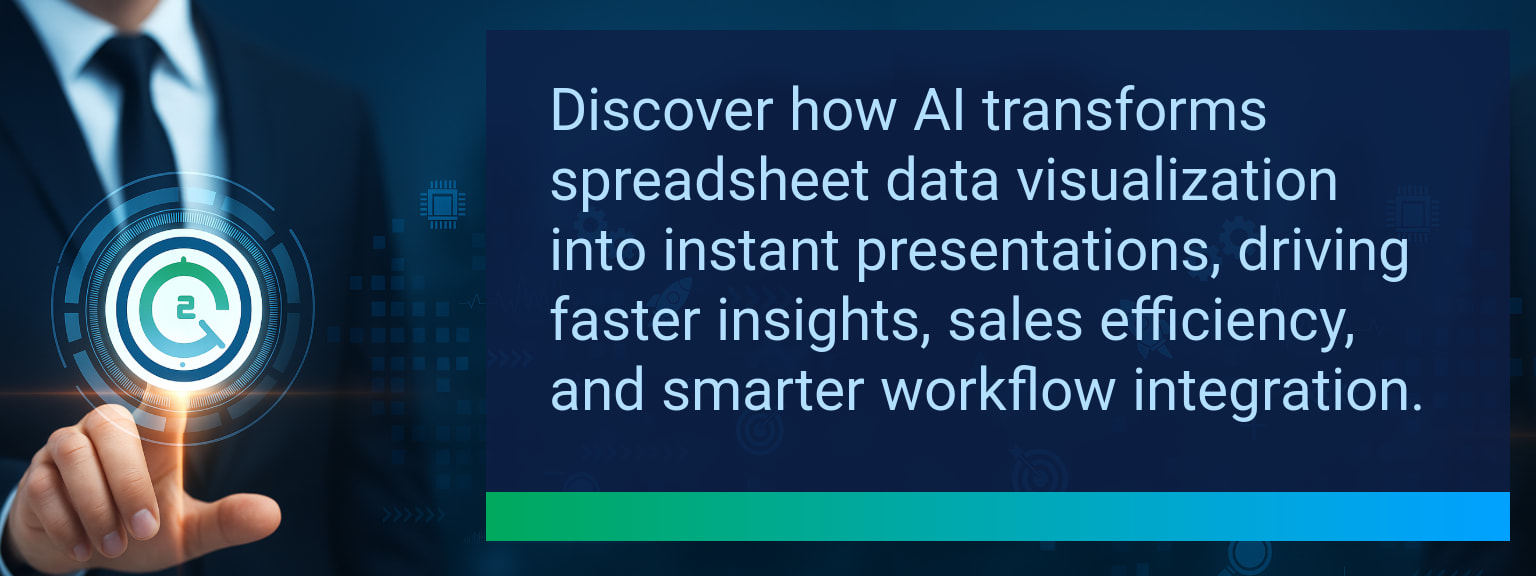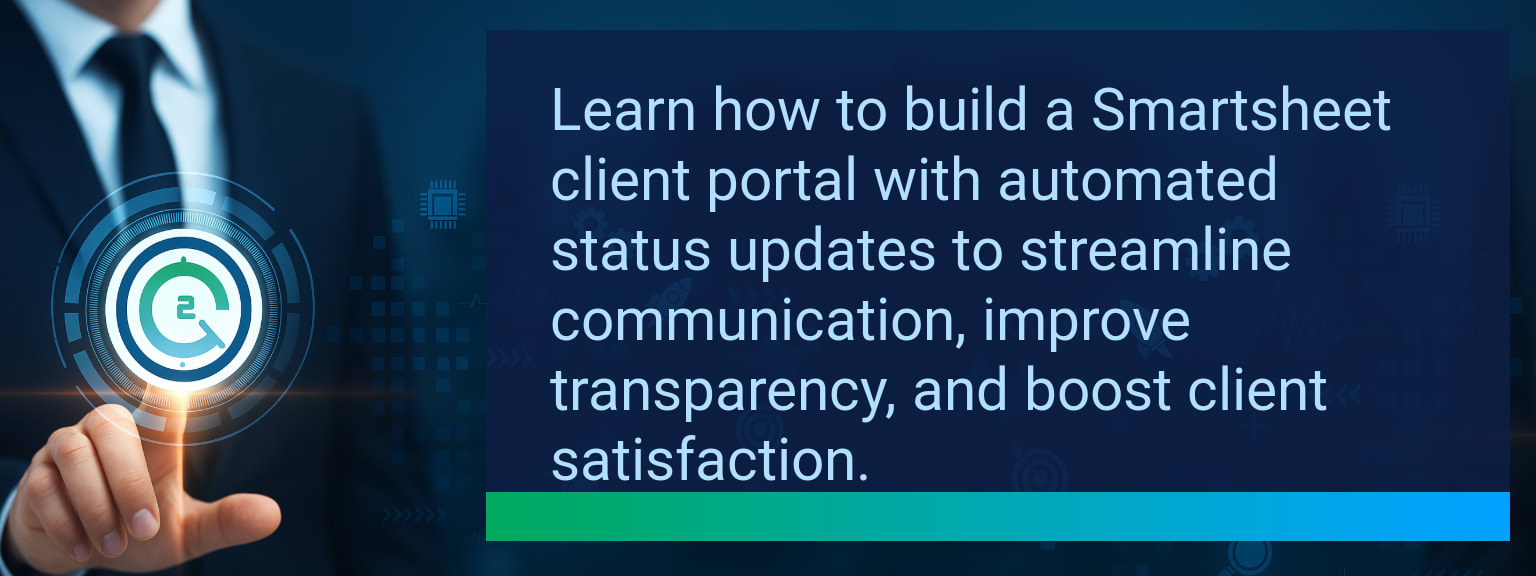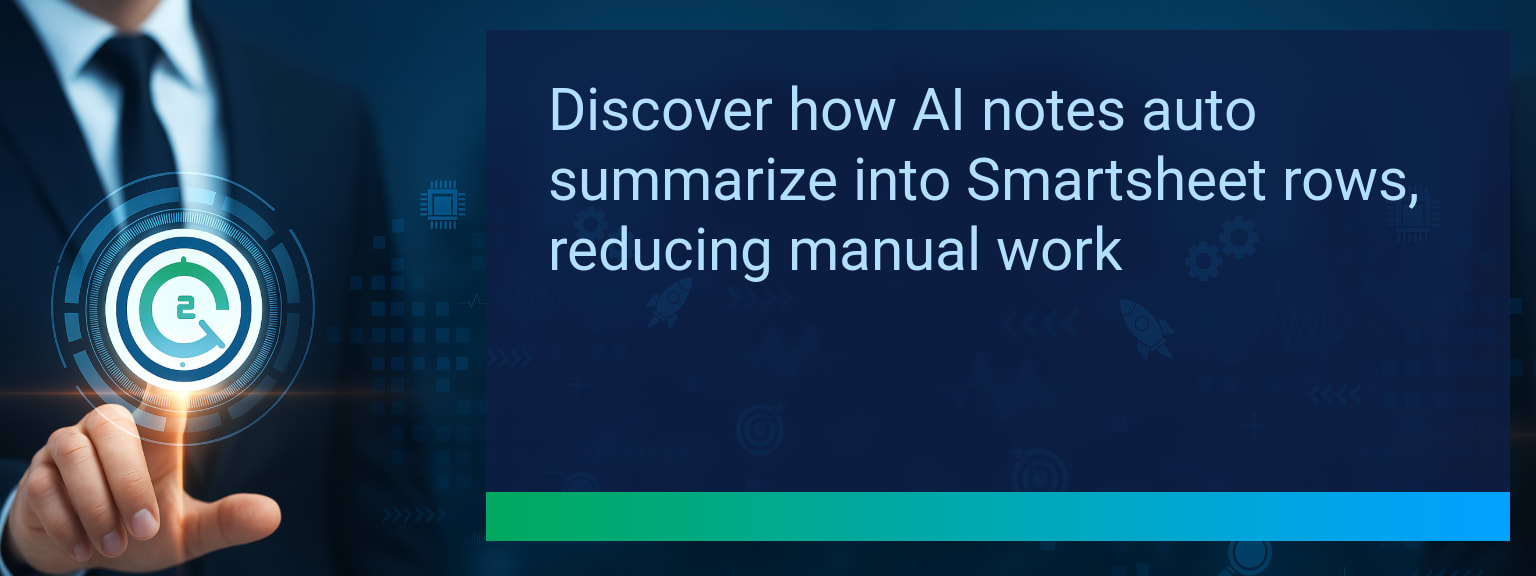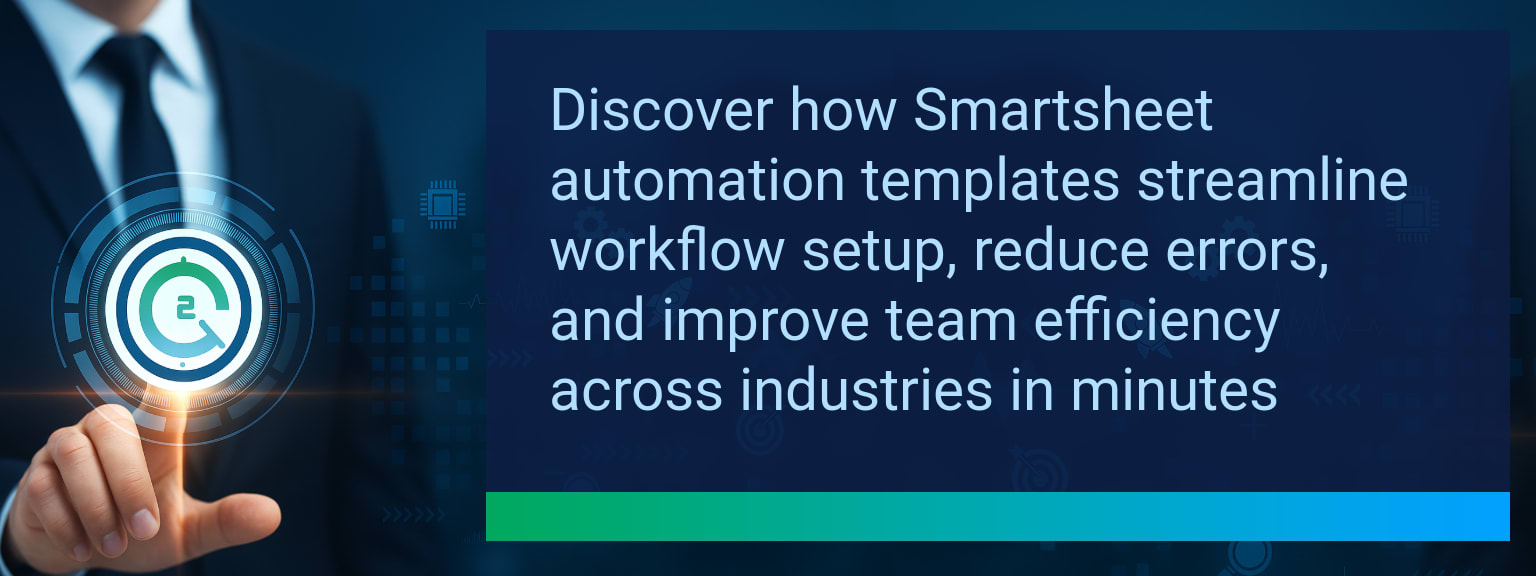Transform Spreadsheet Data Visualization with AI Tools for Instant Presentations
Sales leaders often spend hours turning raw spreadsheet numbers into client-ready visuals, only to repeat the task every reporting cycle. This manual process delays insights, reduces agility, and risks miscommunication. With Two Minute Tech Tips, professionals can now explore how AI-driven platforms simplify that process. By applying AI presentation tools directly to spreadsheet data visualization, organizations translate sales analytics, KPI dashboards, and performance reports into compelling visuals in minutes. This article reveals the workflow, tools, and automation frameworks you can implement today to accelerate reporting and strengthen decision-making efficiency.TL;DR — Direct Answer
- AI presentation tools turn spreadsheets into data-driven presentations instantly.
- Direct connections to Excel, Google Sheets, or Smartsheet allow live updates.
- Automated reporting enhances accuracy and reduces manual design work.
- AI narrative suggestions align visuals with audience needs and branding.
- Workflow automation integrates updated KPI dashboards into recurring reports.
The Bottleneck Of Data Presentation
Traditional reporting demands manual chart building, design alignment, and repetitive formatting. Sales leaders often lose critical hours preparing data-heavy slides for executives or client reviews. This bottleneck not only slows reporting but also introduces inconsistencies in performance analytics. For example, quarterly business reviews based on multiple Excel sheets can take days to format into digestible slides, diverting effort from revenue-generating work. Streamlining this step with AI allows leaders to spend more time acting on insights instead of preparing them.
Where does your reporting slow down most: cleaning spreadsheet data, building charts, or finalizing slide decks?
AI-Powered Automation For Smarter Workflows
AI presentation tools directly eliminate redundant steps by translating spreadsheet tables into polished visuals. Platforms like Beautiful.ai or Tome AI integrate with Google Sheets or Smartsheet and can generate slides that mirror your sales analytics. Connecting spreadsheets allows for live updates, ensuring your KPI dashboards reflect real-time numbers. Automated reporting also reduces dependency on manual reformatting and improves CRM optimization efficiency. To begin, configure AI integrations with your preferred sheet and test slide auto-generation on one dataset, such as your monthly pipeline report.
Scope: Choose one segment or product line, one enablement objective, one frontline team.
Improved Reporting Speed And Business Impact
Once data pipelines are automated, teams reduce reporting time dramatically. Instead of three hours preparing slides for a performance review, AI-generated visuals can be ready in ten minutes. Beyond time saved, leaders benefit from error reduction and standardization. A sales forecasting example: Data pulled from CRM into Google Sheets can auto-generate customer insights slides. This provides managers with instant visibility into revenue performance while enabling faster territory adjustments. The result is more agile sales execution and improved operations alignment.| Category | Metric | Definition | Target |
|---|---|---|---|
| Leading | Automation Setup Time | Minutes required to connect a spreadsheet to an AI presentation tool | ≤ 15 minutes |
| Leading | AI Visualization Accuracy | % of generated charts correctly representing spreadsheet inputs | 95%+ |
| Lagging | Weekly Time Saved | Total hours saved per team per week on presentation prep | 3+ hours |
| Lagging | Error Reduction | % decrease in reporting or formatting errors | 20%+ |
| Quality | User Satisfaction Score | Average team rating on usefulness of AI-generated visuals | 8+/10 |
| Quality | Workflow Consistency | % of reporting cadences supported by AI-generated materials | 85%+ |
The Future Of AI-Driven Insights
As AI matures, data-driven presentations will expand beyond reactive reporting to proactive insights. Advanced platforms will not only generate visuals but also recommend strategic next steps, such as adjusting lead conversions or revenue allocation. Leaders who integrate these tools into their revenue operations system see faster decision-making cycles and a stronger grip on performance analytics. Early adoption improves competitive positioning in digital transformation initiatives.View More Tips to Boost Your Productivity
Explore more quick, actionable tips on AI, automation, Excel, Smartsheet, and workflow tools to work smarter every day.













